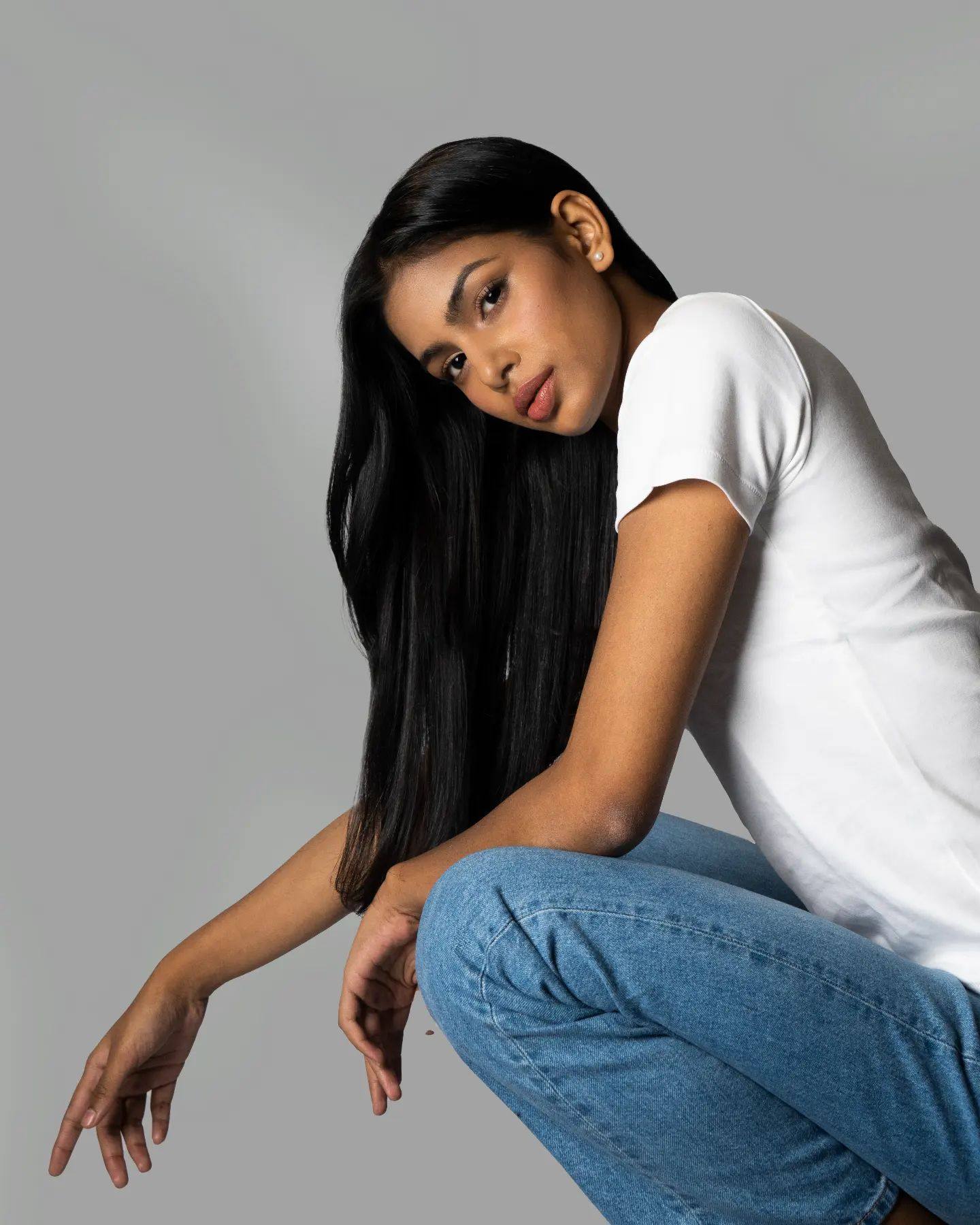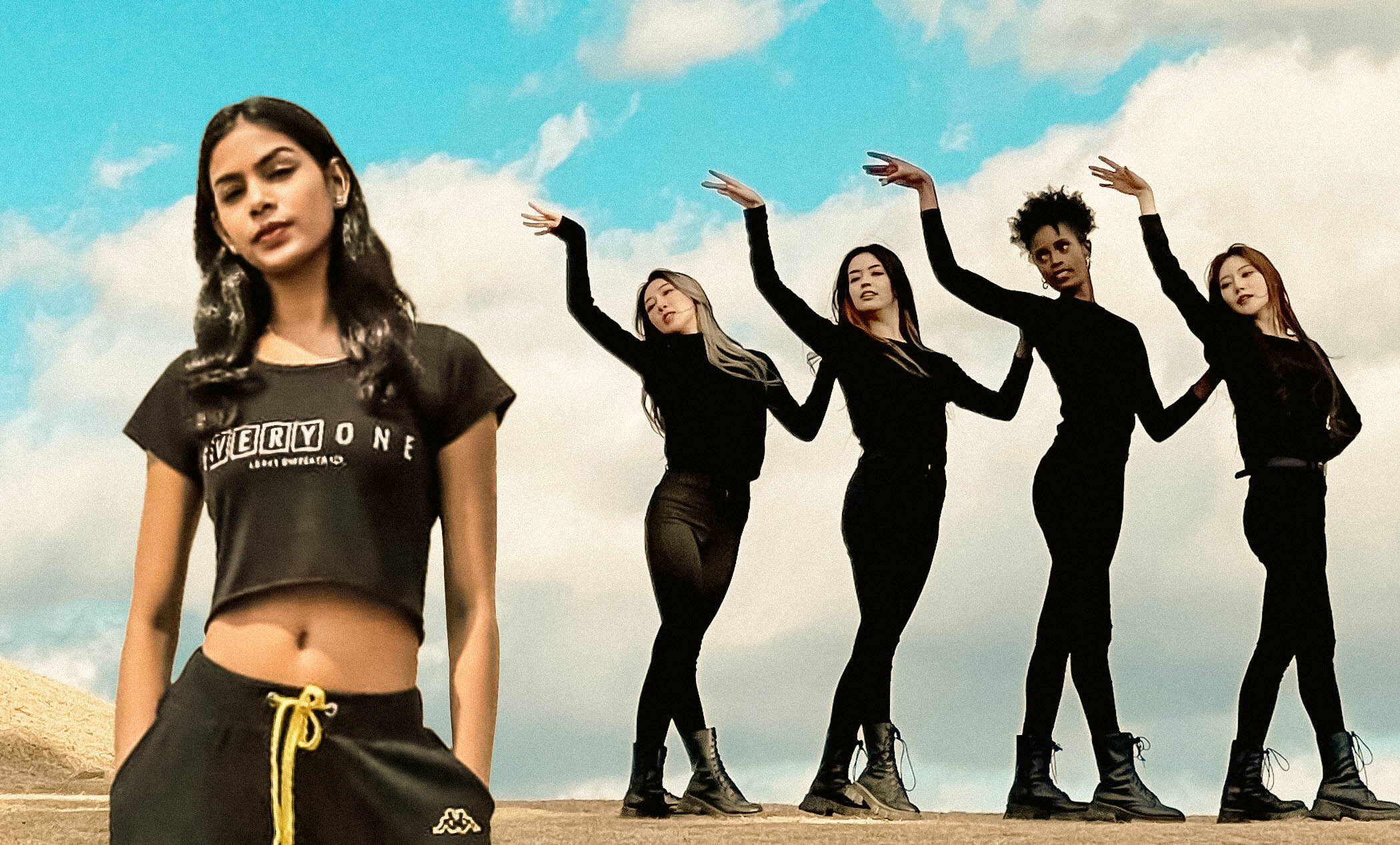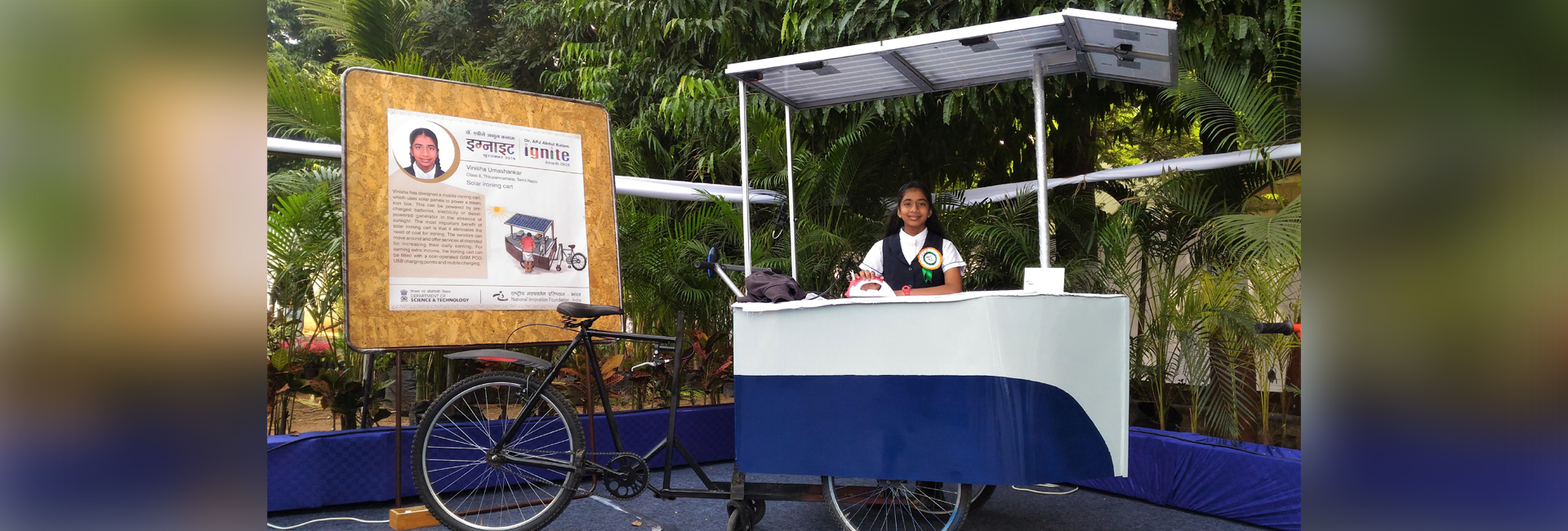(June 4, 2022) Remember when Psy’s foot-tapping number Gangnam Style opened up the doors to K-pop across the world? India, too, wasn’t far behind in lapping up the craze, which soon snowballed into the Korean wave. Now a decade later, a teenager from Odhisa has scripted history by becoming the first-ever K-pop star from India. Meet Shreya Lenka, the 18-year-old who has grabbed a spot in the Korean girl band Blackswan, and will soon brush shoulders with band members Youngheun, Fatou, Judy, and Leia. The Rourkela-born dancer and yoga practitioner beat thousands in auditions and trained for six months under DR Music to gain the top spot. Global Indian turns the spotlight on this Indian artist who is set to become a global icon.
Her journey with arts began in Rourkela when she started training in Odissi at an early age. However, financial constraints put a sudden halt to her plans after a year-and-a-half of grounding. But that didn’t deter her love for dance, instead, it pushed her to diversify into freestyle, hip-hop, and contemporary under the tutelage of renowned choreographer Madan Mohan Purthy.

Shreya Lenka is now a part of Blackswan
It was the boy band EXO that opened up the world of K-pop to Shreya, who instantly fell in love with Korean music, and soon found herself ‘fangirling’ for K-pop bands like BTS, Stray Kids, and The Boyz. This love for K-pop nudged her to apply for auditions online after one team member of Blackswan quit the band in 2020. Having chanced upon her golden ticket to the K-pop world, Shreya started preparing for the big opportunity. From practicing dance on her roof to starting a YouTube channel to learning Korean, the teenager did everything to get into the skin of a K-pop star. “I fell in love with K-pop when a friend showed Exo’s Growl to me. It was so unique that I started copying their moves. Then, I researched and came to know about PSY, Rania, BTS, Blackpink, and I dreamed of performing like them,” the Indian artist, who goes by the stage name Sriya, said in an interview.
But getting her first K-pop audition right was a mammoth task, especially with the world under lockdown. With no studios available to shoot her audition video, she knocked on the door of a yoga studio owner who agreed at the behest of Shreya’s aunt, who teaches yoga. “Qualifying in the first round of DR Music’s audition was an achievement as I was the only one from India to be selected from more than 4000 applicants around the world,” said the pop star who sent a dance and song video for the first round, and a dancer cover of Blackswan’s Tonight for the second round.


Shreya Lenka joins K-pop band Blackswan
While dance is her strength, the Indian artist had to work on her vocals. But she often found it hard to find a coach owing to her deep voice. That’s when her grandmom chipped in and found a Hindustani classical music teacher for her. She trained with him once a week and watched online tutorial videos to expand her vocal range. This fool proof preparation helped earn her a spot in Blackswan, something that she calls nothing short of a “dream.” “Being from a small town with fewer resources, facing difficulties is a part of my life, but I am determined to create a mark in the creative field,” she said.
- Follow Shreya Lenka on Instagram


